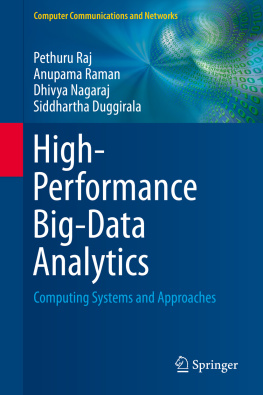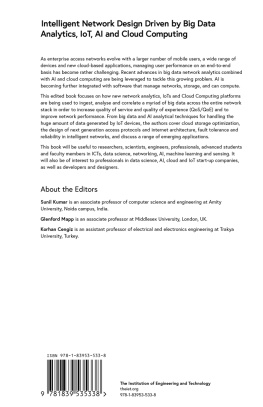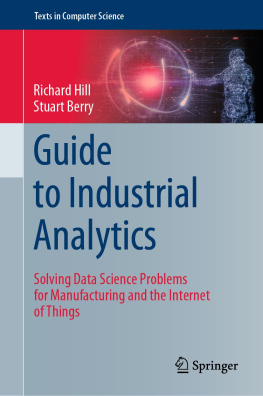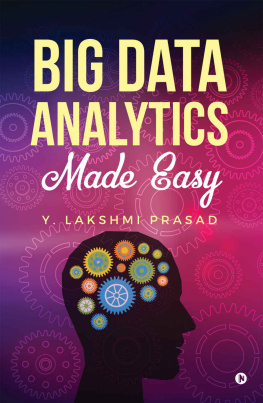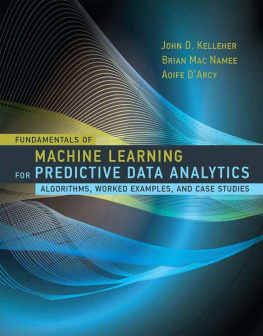1.1 Introduction
As widely reported, there are several delectable transitions and some disruptions in the IT landscape. Definitely, the consequences are vast and varied: the incorporation of nimbler and next-generation features and functionalities into existing and emerging IT solutions, the grand opening for scores of fresh possibilities and opportunities for not only businesses but also individuals, the fabulous eruption of altogether new IT products and solutions for the humanity, etc. There are a number of disruptive and transformative technologies emanating and evolving as being vouched by leading market analyst and research firms. For an instance, Gartner regularly reports the top ten technology trends every year. The technologies have the inherent verve to bring forth numerous subtle and succinct transformations for business organizations as well as common people. In this chapter, to set up an appropriate context for the book, the most prevalent and pioneering trends in the IT landscape are to be detailed for inquisitive minds.
Someone wrote like this. The first wave of IT belongs to the aura of hardware engineering. A variety of electronic modules (purpose specific and generic) had been meticulously designed and aggregated in order to fulfill the various computing, networking, and storage requirements. The miniaturization technologies have been playing a very indispensable role in shaping up the hardware industry in bringing forth scores of micro- and nano-level components. We are on the track towards the era of ubiquitously deployed, disappearing, and disposable computers. The second wave of IT heralded a shift from hardware to software. The software engineering started to improvise decisively from there, and today software is pervasive and persuasive. Software brings in the much-needed adaptivity, modifiability, extensibility, and sustainability. Every tangible thing is being empowered to be smart through the embedding and imbedding of software. The third and current wave of IT began a couple years ago and is based on the utilization of data (big and fast) to derive benefits from the advantages gained in hardware and software. The capture and investigations of data lead to actionable and timely insights that can be sagaciously used for realizing smarter applications and appliances.
Thus, data analytics is the most endearing and enduring subject of study and research in order to come out with viable and venerable methods for the envisaged smarter planet. Especially considering the faster growth of disparate and distributed data sources, there is a special liking for data virtualization, processing, mining, analysis, and visualization technologies that invariably fulfill the goals of knowledge discovery and dissemination. Data-driven insights enable taking right decisions for people as well as systems in time with all clarity and confidence. You can find the most promising trends sweeping the IT landscape in order to bring in the enhanced care, choice, convenience, and comfort for people at large.
1.2 The Emerging IT Trends
IT Consumerization
The much discoursed and deliberated Gartner report details the diversity of mobile devices (smartphones, tablets, wearables, etc.). Increasingly, the IT is coming closer to humans. People at any point of time, any place, any device, any network, and any media could access and use any remotely held IT resources, business applications, and data for their personal as well as professional purposes. The massive production of slim and sleek input/output devices empowers end users to directly connect and benefit immensely out of all the telling improvisations of the IT discipline. The IT consumer trend has been evolving for some time now and peaking these days. That is, IT is steadily becoming an inescapable part of consumers directly and indirectly. And the need for robust and resilient mobile device management software solutions with the powerful emergence of bring your own device (BYOD) is being felt and is being insisted across. Another aspect is the emergence of next-generation mobile applications and services across a variety of business verticals. There is a myriad of mobile applications, maps, and service development/delivery platforms, programming and markup languages, architectures and frameworks, tools, containers, and operating systems in the fast-moving mobile space. Precisely speaking, IT is moving from enterprise centricity to be consumer oriented.
IT Commoditization
Commoditization is another cool trend sweeping the IT industry. With the huge acceptance and adoption of cloud computing and big data analytics, the value of commodity IT is decisively on the rise. Typically, the embedded intelligence is being consciously abstracted out of hardware boxes and appliances in order to make hardware modules voluminously manufactured and easily and quickly used. The infrastructure affordability is another important need in getting realized with this meticulous segregation, and the perennial problem of vendor lock-in is steadily eased out. Any product can be replaced and substituted by another similar device from other manufacturers. With the consolidation, centralization, and commercialization of IT infrastructures heat up, the demands of commoditized hardware go up furiously. All kinds of IT infrastructures (server machines, storage appliances, network solutions such as routers, switches, load balancers, firewall gateways, etc.) are being commoditized with the renewed focus on IT industrialization. The commoditization through virtualization and containerization is pervasive and persuasive. Therefore, the next-generation IT environment is specifically software defined to bring in programmable and policy-based hardware systems in plenty.
The Ensuing Era of Appliances
The topic of hardware engineering is seeing a lot of hitherto unheard improvisations. Undoubtedly, appliances are the recent hit in the IT market. All the leading vendors are investing their treasure, time, and talent in unearthing next-generation smartly integrated systems (compute, storage, network, virtualization, and management modules) in the form of instant-on appliances. IT appliances are fully customized and configured in the factory itself so that they could just be turned on to get their verve at customer location in minutes and hours rather than days. In order to incorporate as much automation as possible, there are strategic appliance-centric initiatives on producing pre-integrated and pretested and tuned converged IT stacks. For example, FlexPod and VCE are leading in the race in the converged IT solution category. Similarly, there are expertly integrated systems such as IBM PureFlex System, PureApplication System, and PureData System. Further on, Oracle engineered systems, such as Oracle Exadata Database Machine and Exalogic Elastic Cloud, are gaining in the competitive market.

